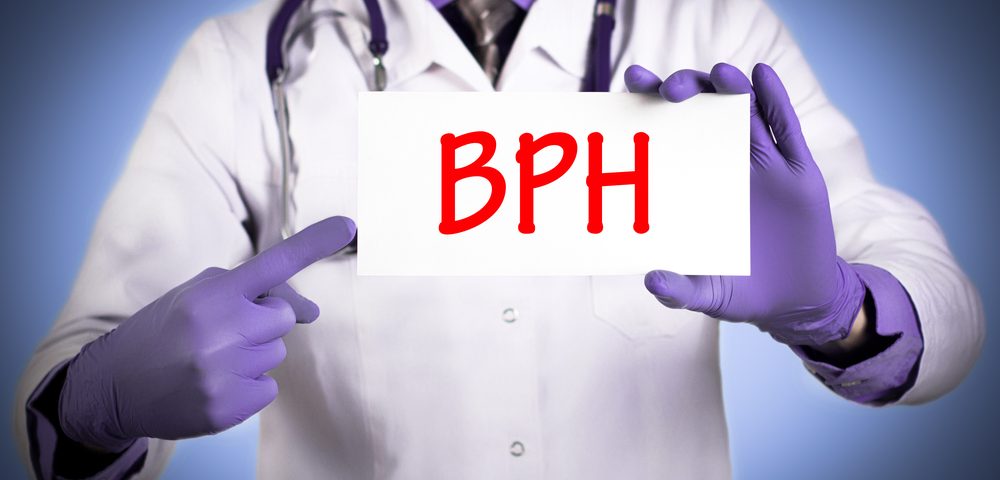Researchers at China’s Third Military Medical University studied the expression of different hormonal receptors in benign prostatic hyperplasia (BPH) and in a normal prostate in both human tissue and an animal model. The results indicate that androgen and progesterone receptors may play a role in the development of BPH, while the estrogen receptor α appears to inhibit the disease progression.
The research paper, “Differential expression of androgen, estrogen, and progesterone receptors in benign prostatic hyperplasia,” was published in the Bosnian Journal of Basic Medical Sciences.
Despite the many studies investigating BPH, the exact molecular mechanisms involved in the development and maintenance of this condition are still not defined. But two factors are commonly referred to: age and androgens (male sex hormones). The prostate gland is a sex steroid hormone reactive organ and its development, maintenance, and function are dependent on the regulation of sex steroid hormones, especially androgen and estrogen.
Different researchers have proposed hormonal theories for the development of BPH. However, the differential expression of hormonal receptors, namely androgen receptor (AR), estrogen receptor α (ERα), ERβ, and progesterone receptor (PGR), between BPH and normal prostate tissues have not been established with a general consensus.
Here, scientists studied the expression levels of these receptors, aiming to establish the exact mechanism present in the development of BPH. Forty BPH human tissue samples and five normal prostate tissues were obtained and analyzed through a series of assays. The results were then validated in a rat model of BPH.
Results show that, in both the human samples and the rat model, the localization and distribution of the receptors was similar through different cell layers of the prostate gland. Regarding levels of expression, decreased expression of ERα and increased expression of PGR were found between BPH and control tissues of both human and rat samples. Researchers found no differences in the expression of ERβ. However, while AR expression was increased in BPH compared to controls in human tissues, the expression of AR in the rat prostate tissue was decreased.
“These results indicate that AR and PGR may play a promoting role in the pathogenesis of BPH while ERα may play an inhibitory role. Further studies should reveal the exact mechanism of AR regulation in the pathogenesis of BPH,” the researchers concluded.

